written by Dameon Hubbard, aka Hubbard.
15 years ago Bert handed me a Moreton bay fig Bonsai tree and said, “Look after it. If this dies, so to will your relationship”.
Now, people always ask me the secret to success when looking at my gardens and I always think back to that bloody Bonsai tree. In fact, in order to keep it alive (and my relationship) I went and booked myself into a local Bonsai tree making course which taught me the most important piece of information and a guarantee to a “green thumb”……
To survive plants only need three things.
Water, sunlight and food.
So there you go, blog post for wife done. Noosa Chocolate Co’ dark chocolate coated peanut brittle payment please!
If only it were that easy.
It needs to be noted below that this is for Brisbane, Queensland conditions. Different states have different temperatures and conditions.
Now I’m no green thumbed Yoda but will try and give you a quick trip through the dangerous and dark recesses of Hubbard’s mind to the gardening room.
Plant nurseries make a killing off the weekend warriors who flock in and flock out with bags of potting mix, a new garden hose and a trolley full of seedlings only to have them all turn toe up and be replaced with weeds very quickly, so, you either have a yard suitable or you don’t.
Firstly, let’s look at the location of your garden. Always locate your garden in a place that is relatively protected from the wind, and gets full sun for most of the day. Most plants require heaps of sunlight to be happy. Watch the shadows for a day and choose your area (our current garden beds get direct sunlight from 10am – 4:30pm and the plants are growing very well).
Next let’s look at garden type. This will most likely depend on your yard, budget and physical ability. There’s nothing a matter with digging straight into the ground as long as you can keep the lawn and weeds away. I have found raised beds to be useful mostly because we can dump heaps of broken concrete and dirt from our renovations in them. They are great for drainage and most importantly, easy on your back. If you have a small yard or balcony that still gets a good amount of sun you can always plant in pots, just a long as they are a suitable size and have great drainage.
Note – try use untreated hardwood when building raised garden beds. There is arsenic in treated pine sleepers and I’m sure over time there would be a chance of that leaching.
Now where were we? Location, garden type……ah yes, protection.
Seeds, seedlings and most plants need some form of protection. Wind mostly but let’s not discount heavy rain, hail and the sun (“hang on” I hear you say, “I thought we needed full sun?”). So, very heavy rain and hail are pretty obvious damage makers but the sun and heat can be just as damaging. Some plants just simply don’t like too much sun and capsicum plants in Queensland are a classic example. The direct sun burns the leaves, which drop off quickly leaving the plant naked (how I like to be gardening) and then on “death row”. The solution here I found looking at any good (albeit old) gardeners back yard, green shade cloth. Yip, ugly as a hat full of AH’s but bloody hell do the plants love it. A little contradictory to the aforementioned, full sun but it just works. Full sun but filtered. Its my post and I’m allowed to be confusing if I like.
Of course the shade cloth protects from heavy rain and hail too, so ugly but it works.
FOOD! Circle of life stuff right? This is a biggie and I’m just an amateur at this part. Apparently you should feed the garden in winter and plant in spring and I’m sure that works well if you have the room but if you are planting all year round like us, I just load the existing soil up with some organic garden soil mix from any supplier and some horse shit. I actually threw in a little potting mix too. Not too much horse shit or fertiliser (if you have your own compost (we are working on this) then you get a gold star)) or everything will quickly go to leaf. The soil should break apart in your hands but drain well. The soil in our current garden was very clay based so needed a fair bit of additional soil to break it up.
Do a little research on this one and have a play.
Our garden is 3m x 1.8m and I mixed 8 x 50 litre bags of garden soil and 3 bags of horse shit into the top 25cms of original clay based dirt.
After you have planted cover the exposed garden soil in sugar cane mulch forming a protective blanket. This will keep weeds at bay and also when kept moist,will stop the soil from drying up.
Watering. Oh boy this is important!
I water once a day, in the evening (when all the mozzies and midges are out) when the garden is NOT in the sun. Water well at the base of the plant for bigger plants and for low herbs I water over the top.
Don’t under or over water. If you are giving them a good light water once a day and you have mulch over the soil you should be fine. Stick your finger in the dirt before watering. If it’s soggy, your soil is not draining well and will require less watering. If it’s dry, amp-up the watering.
Keep an eye out for white mould on the leaves of some plants (pumpkin, zucchini etc.) This is from watering the leaves and not the base of the plant. It will very quickly kill the plant. Again, try to water the base of the plants whilst also keeping your mulch moist (there it is again, I love that word!).
Plants. Plant what is seasonal to your state, what you will eat and flowers to bring in the bees (more on those later).
Don’t get carried away with planting. You can only eat so much at any one time (unless you are preserving). The key is not to waste and to look at when the plant will be ready, and how long it will live (not very long if you are Carissa). We have ten, three-year-old parsley plants we use daily and one rosemary bush (most herbs will last for donkeys), used once a week but lots of other plants need to be planted every two or three weeks to keep a rotated crop e.g. Fennel.
P.s. Passata party at ours in January! (Sooooo many tomatoes)
So leave some space in your garden for the next plant in a couple of weeks.
Companion planting. Tomatoes and basil are old buddies from way back so plant them together. There is sooooo much to be gained from companion planting, happy plants and keeping the “bad” bugs at bay. I’m still learning about this but this year I did a little more research and planted a crap load more Marigolds and Nasturtiums. Both of which have edible flowers and leaves. I got more bees for pollinating my Zuccini and capsicum and the Nasturtiums have kept a ton of bad bags from my kale and silver beet and the tomatoes love them. From what I understand I think the Marigolds are also good for bugs under the soil.
This website here has an easy to use companion planting diagram that’s worth a look and has both “good companions” and “bad companions”.
Sprays. We try and keep everything we stick in our mouths as close to organic as we possibly can but I have been known to use Pyrethrum spray in the past. Only once in this garden and it was a knee jerk reaction to leaves curling on one of my ever-frustratingly-hard-to-grow sage plants. In the past we used a molasses, chilli and water mix with success.
An old badminton or tennis racket gets rid of most slow white butterflies and amuses any spectators quite a bit.
The biggest garden pest we struggle most at home with (by far) is my wife. The “wife fly” buzzes around extracting all the ripe produce I pore over, with reckless disregard. The “wife fly” has a motto something like…..”the more you cut it back, the more it will grow”, which I’m sure has been passed down through generations of “wife fly’s”. The “wife fly’s” only measurement is a “large handful” and just enough to strike fear into any gardener who’s hands just magically started shrinking……..
The gardener has considered attacking the “wife fly” with the tennis racket but knows he will then starve (if lucky) or more likely be snuffed out by his pillow in the night.
I would like to chat more about rotation planting (some plants don’t like to be planted in the same place twice of where similar plants have been) but I honestly don’t know Jack about it yet (not going to BS yo’all).
Nurture your garden. A garden for me is my meditation. Somewhere I can be by myself at the end of the day, winding down, picking and pottering over the seedlings and plants. There’s something very therapeutic about caring, nurturing and watching your little babies thrive and grow into something amazing. Even the sound of watering your garden has a de-stressing feeling to it. Honestly, if I could I would be in there all day, every day, head down, ass up, hands behind my back…..just pottering around in the garden. Bliss.
So there you go, Happy planting…..and eating!
P.s. I left the Bonsai with friends who failed to water it daily and it died, and so too that relationship. Luckily to, or I wouldn’t have met the strong, smart, caring, giving and sexy lady who is my “wife fly”.
Jessica Cox is a qualified practicing Nutritionist with a Bachelor Health Science (Nutrition) and over 15 years of clinical experience. She is the founder and director JCN Clinic, published author and established recipe developer. Jessica is well respected within health and wellness space for her no fad approach and use of evidence-based nutrition.

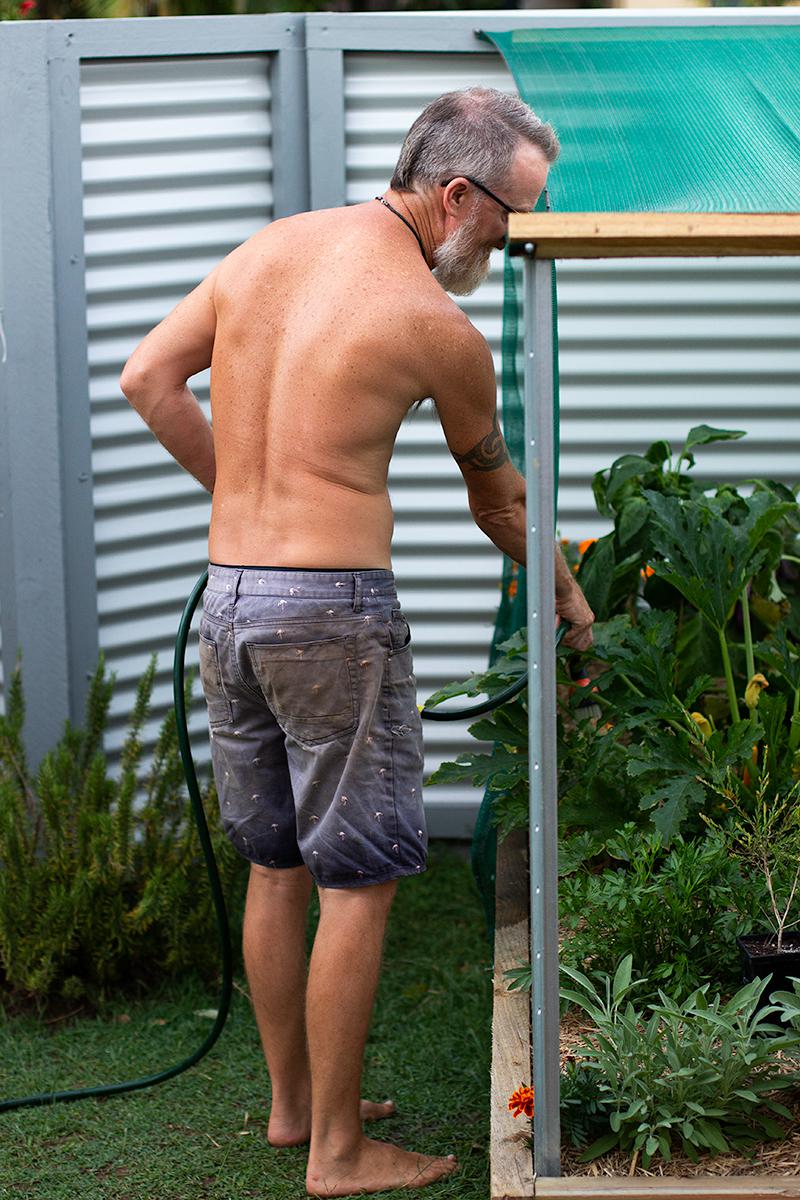



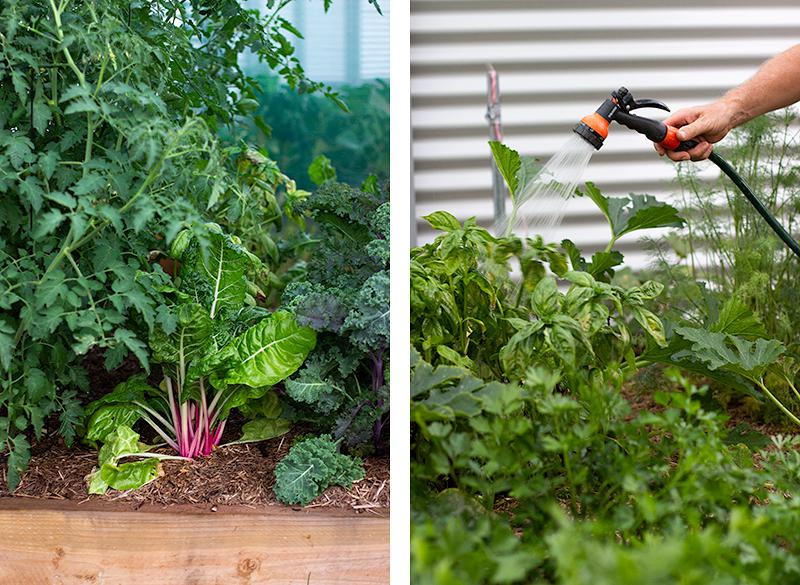
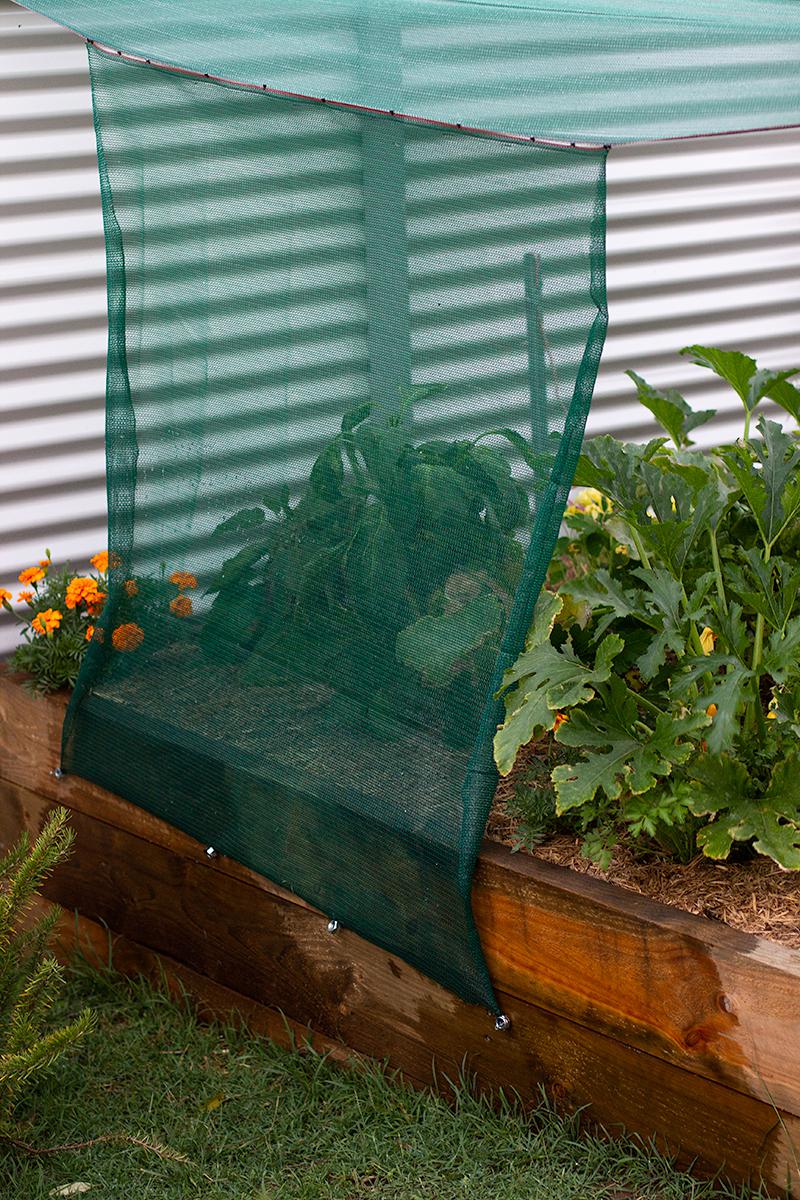
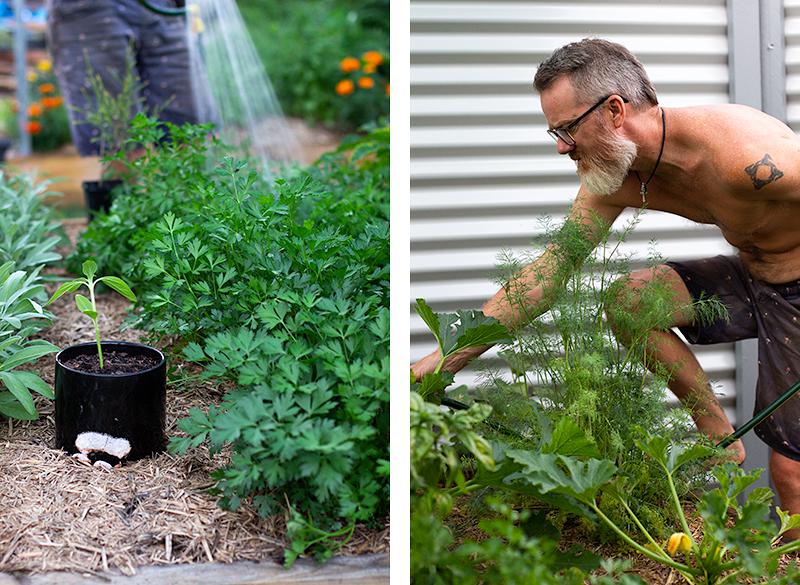
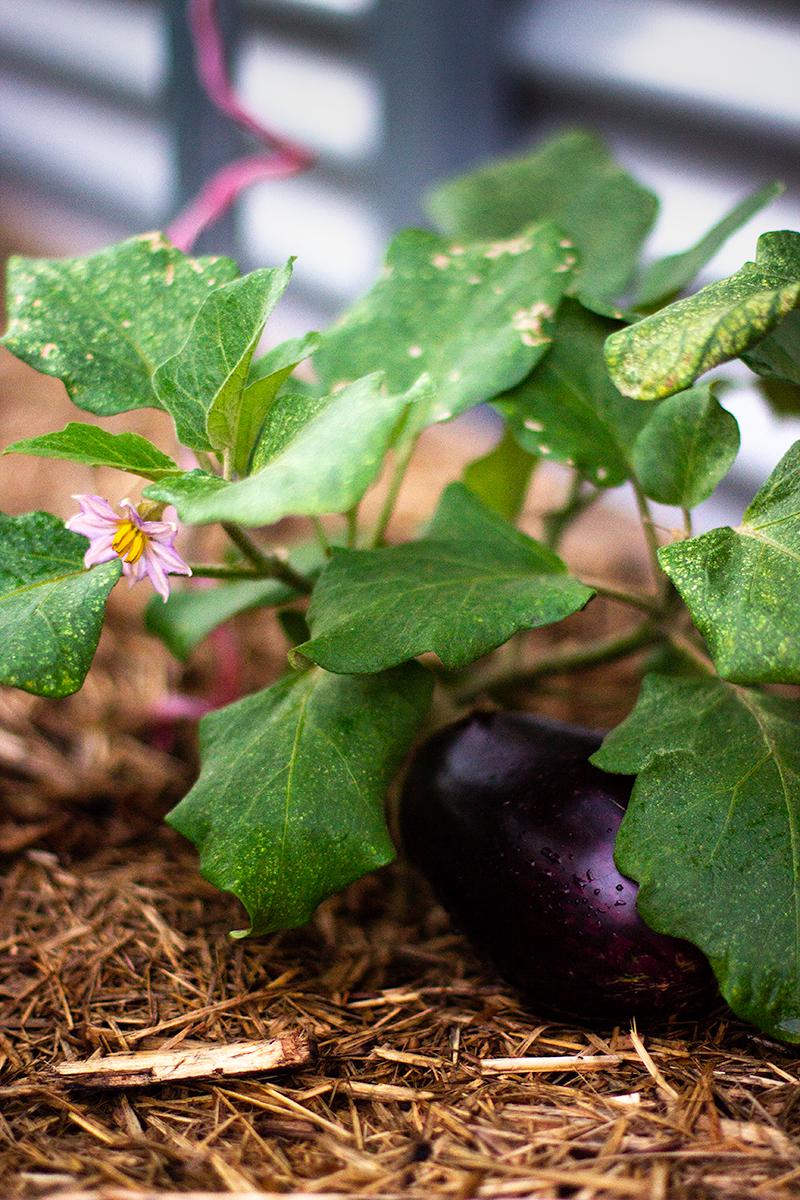
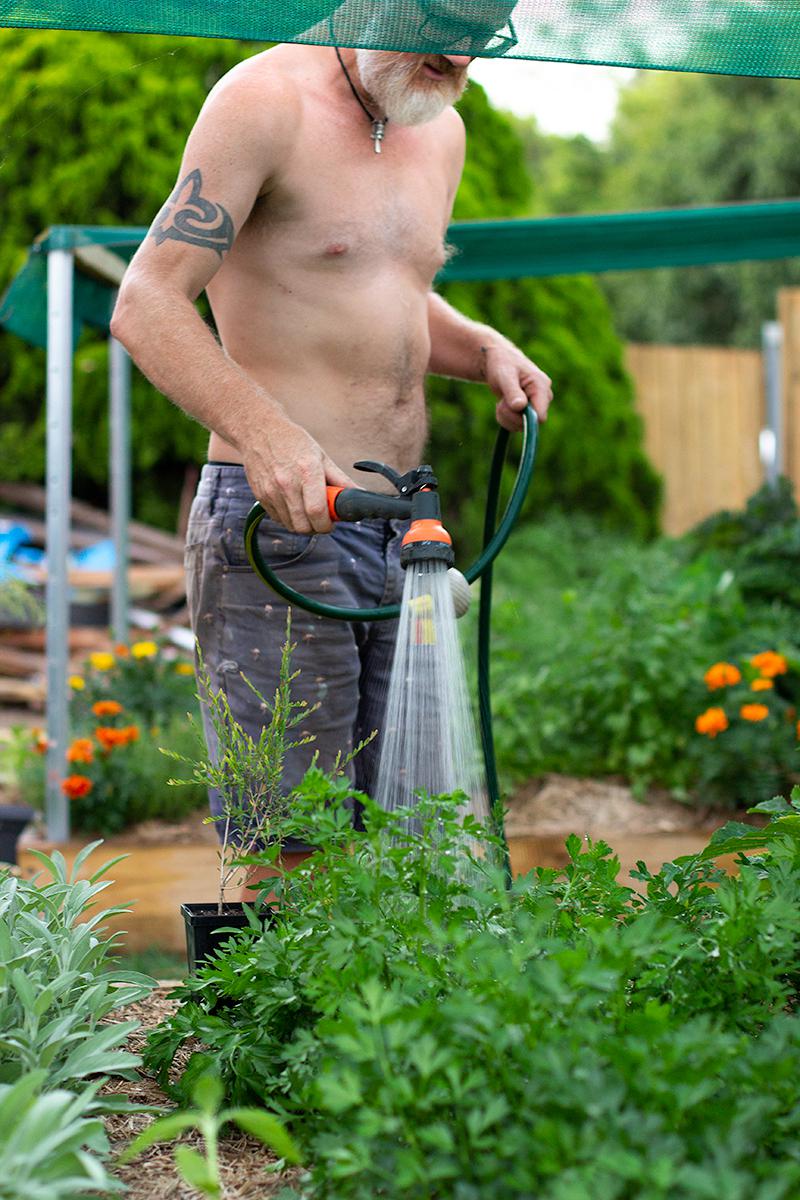
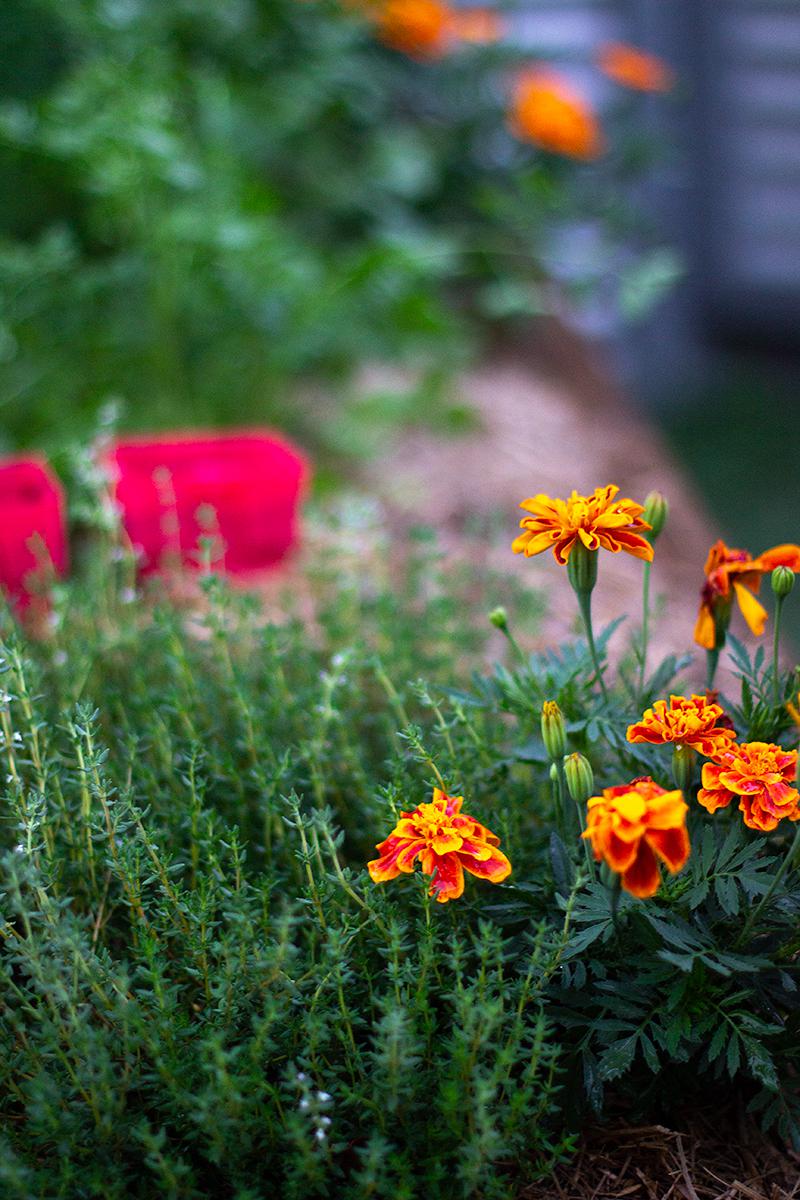

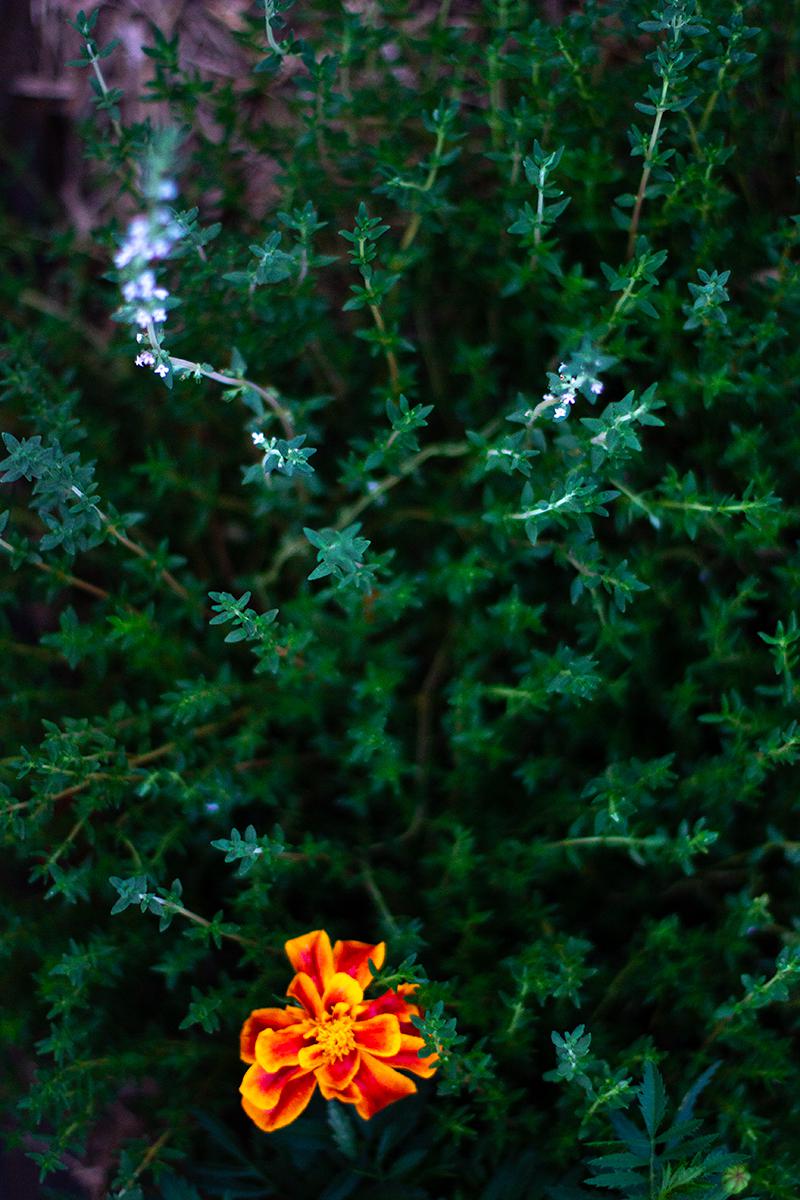



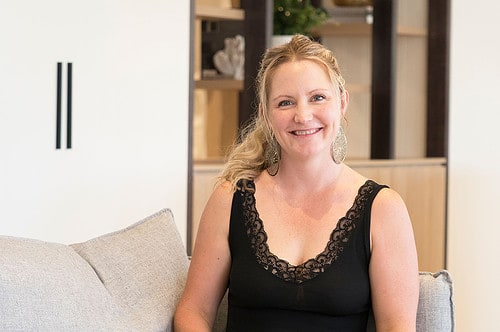
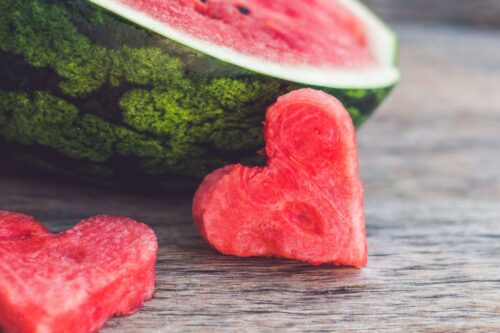
Such a beautiful and lush looking garden! After all the rain in October our vegie patch was looking amazing. Since then it’s gotten drier and drier and I don’t have the time/energy/inclination to water it daily. (Plus the cost of water! Do you have tanks?) It’s discouraging to see it all withered at the moment but we have such a big yard we just can’t afford to water everything daily. I find the plants closest to the house get most attention and are doing ok. Inspired by this though. It’s something to aim for. Thanks for showing it is possible… Read more »
Sharolyn, good evening. Ah the cost of water….. We are watering to regenerate our lawns at the moment and to be honest I’m terrified of the effect an hours watering a day will have when the bill comes in but we have no option considering the weather of late. I agree, it has been horribly dry and as you have found, deadly to plant life. We don’t have water tanks only because we are renovating to sell and its not currently in the budget. I grew up having water tanks and they are an absolute necessity in my opinion. I… Read more »
Thanks Hubbard ?